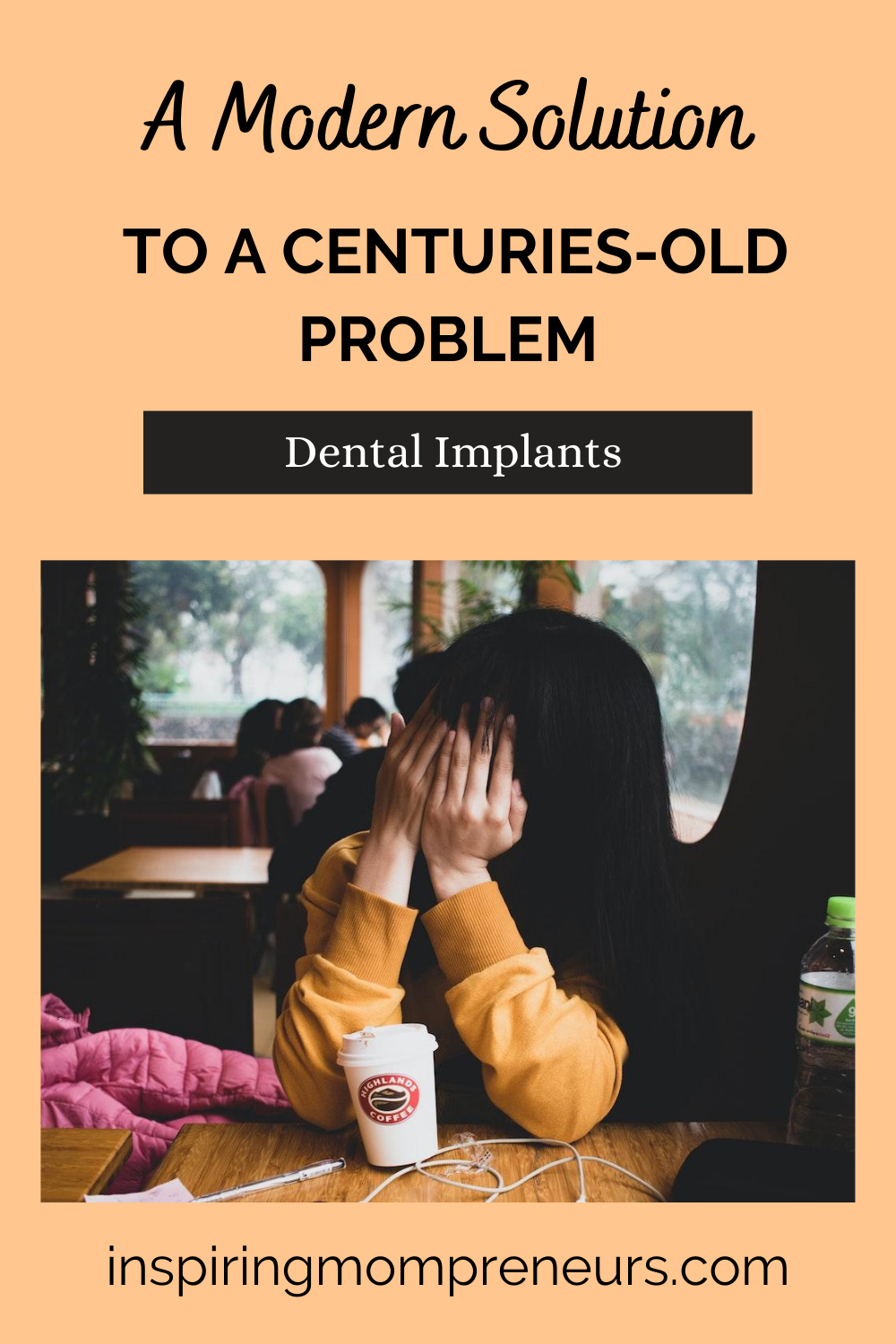Dental Implants Ryde, A Modern Solution to a Centuries-Old Problem
People have been losing their teeth for centuries for a vast variety of reasons. The twenty-first century is an age of rapidly evolving dental science and technological development that has allowed us to create a sound solution.
Tooth loss has been a dilemma that has tested dentistry for more than two thousand years. Mother nature constantly tests us and gives us clues on how to solve dilemmas.
A Brief History of Dental Implants
People who lived many centuries ago replaced their teeth with pebbles, bamboo or sea shells. During the Middle Ages, real teeth were extracted from animals to use as implants, or worse, taken from the poor to give to the wealthy, or acquired from grave robbers who took them from dead bodies.
Medical professionals then started experimenting with silver, porcelain and many different similar materials to replace missing teeth, but most of these implants were not successful.
It was only in the early 1950s, that titanium implants were accidentally found to have a much higher success rate – thanks to an orthopedic surgeon named Per-Ingvar Brȧnemark.
A new solution was invented and has evolved over the past few decades. Dental science recognised the help that technology could provide to make this new procedure effective.
More than just a lost tooth

Losing a tooth can affect your confidence, your ability to masticate food and even the way you speak. In addition, when you lose a tooth, that part of your jawbone starts to deteriorate, and your face can appear to be sunken.
Bridges and dentures have been used for decades to help replace lost teeth, but neither was able to help the jawbone regenerate because they sit above the gum.
Dental implants in Ryde has become so successful that where possible, this has become the recommended form of treatment for tooth loss.
 Regenerating your bone and restoring your tooth
Regenerating your bone and restoring your tooth
An implant can provide you with a new prosthetic tooth in the form of a crown and stimulate bone regeneration, which, in turn, can reverse your face’s sunken appearance.
Bone augmentation has also enjoyed enormous research and development over the decades, allowing patients who were previously unsuitable for implants to now take advantage of this treatment.
A Modern Solution to a Centuries-Old Problem
One of the drawbacks of dentures has always been stability, and while adhesives and vacuums provide a solution, they do not provide a stable alternative. Implants work in the same way as natural teeth by being fixed permanently into the jawbone.
- Using computer-guided technology, skilled dental teams can identify the exact place and angle for your new root.
- A titanium post can act as the root because titanium fuses naturally with bone tissue.
- A small incision will be made into your gum, and a hole will then be drilled into your jawbone. The size, depth and location of the hole will be calculated using computer software so that it is accurate.
- A titanium post will then be inserted into your jawbone, and a temporary abutment will be placed on top.
- There is then a healing period of three to six months, which will allow your bone to fuse with the titanium post; this will provide a stable base for your crown.
- After a careful examination, the dental team will remove the temporary abutment and place a permanent one to provide a stable base for your new crown.
- Your new crown, which will have been shaped and coloured to blend in with your natural teeth, will then be fixed to the abutment.
Related: The Dangers of Ignoring Missing Teeth
Long lasting
Proper dental care of your teeth and implant will ensure that your teeth remain healthy, and your implant should last for at least 15 years.
DISCLAIMER
Any surgical or invasive procedure carries risks. Before proceeding, you should seek a second opinion from an appropriately qualified health practitioner.


